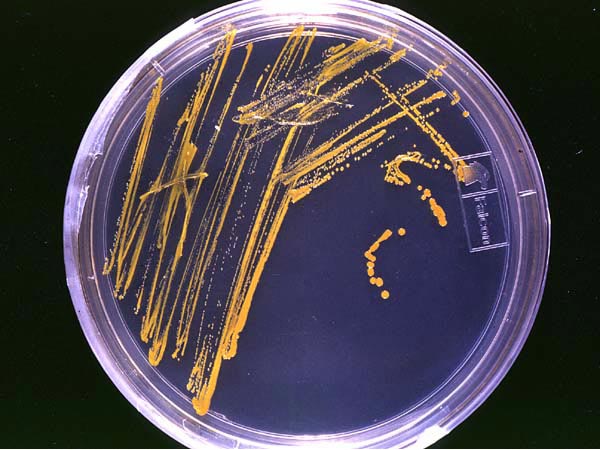In general, culture medium refers to environments that are specifically prepared for the growth and proliferation of bacteria or cells and are used for this purpose. These environments contain special substances that prepare the environment for the growth and proliferation of cells. A nutrient medium in the form of liquid or gel that contains amino acids, vitamins and hormones and growth factors a

In general, culture medium refers to environments that are specifically prepared for the growth and proliferation of bacteria or cells and are used for this purpose. These environments contain special substances that prepare the environment for the growth and proliferation of cells. A nutrient medium in the form of liquid or gel that contains amino acids, vitamins and hormones and growth factors and physical and chemical properties is used for the growth of microorganisms such as bacteria, protozoa, algae and fungi. These substances include sugar. He mentioned salt, water and vitamins.
These environments contain 1.5 to 2% agar, which causes coagulation and solidification of the environment. In this environment, colony formation, bacterial colony characteristics and counting of bacterial colonies are performed. It can also be used to isolate microorganisms and prepare pure cultures from this environment. The culture medium containing solid agar can be used in tubes, bottles and petri dishes.
This medium does not contain agar, so it will be used in liquid form. Broth or liquid media are used in tube containers or flasks. These media are used to reproduce bacteria and study fermentation processes.

In the composition of this type of medium, there is a small amount of agar, and therefore it does not coagulate completely. This medium is used to check the movement of bacteria and create anaerobic conditions in depth.
This environment has the lowest amount of nutrients for the growth of bacteria. Where the general culture medium lacks antimicrobial substances, all kinds of cells and bacteria grow in it.
These culture mediums are simpler than other mediums and contain water and primary nutrients. Pie mediums are also the basis for the preparation of other mediums and are usually used for primary isolation of cells and microorganisms.
Nutrient growth factors are added to these culture mediums in the form of blood and serum. These factors are organic or inorganic elements and compounds that stimulate the growth of bacteria or increase its reproduction rate, and the microorganism can grow best and most in the rich environment. have been
This type of culture medium is used to inhibit and prevent the growth of contaminating bacteria and to recover the pathogen from a combination of bacteria. Although selective culture media are agar-based and rich liquid culture media, they both have the same purpose. Agar cultures can be made selective by adding inhibitory agents that do not harm certain pathogens. These agents include: antibiotics/dyes/chemicals/pH reagents.

These environments are suitable for separating and isolating certain types of cells or bacteria.
These environments can be used to separate cells and are designed in such a way that different bacteria can be identified from each other based on the color of the colony created. These culture environments allow the growth of different types of cells, but in terms of The appearance of formed colonies can be distinguished from each other.
This environment has all the things needed for the growth of bacteria and cells and does not have antimicrobial substances. These environments do not have any inhibitors or indicators, and no color change is observed with the growth of different bacteria on them.
In general, the culture medium is an environment specially prepared for the growth and reproduction of bacteria and cells. Culture media are classified into three categories: solid, semi-solid and liquid. Also, the cultivation mediums are classified into 5 categories based on the amount and type of nutrients: general/basic culture medium, enriched culture medium, selective culture medium, differential culture medium and complete culture medium.
